the 2025 program !
Founded in 1869, the Chorégies d'Orange is France's oldest festival. They take place in one of the best-preserved Roman theatres in the world: the Théâtre Antique d'Orange, a UNESCO World Heritage Site. Built in the Iᵉ century, this jewel of Roman architecture is famous not only for its 37-metre-high, 103-metre-long stage wall, but also for its exceptional preservation. Originally dedicated to a variety of shows such as farces, pantomimes and exhibitions, the theatre was restored in the XIXᵉ century by such renowned architects as Caristie and Formigé. Today, it is renowned for its unique acoustics and majestic setting.
The name ‘Chorégies’ has its origins in the ancient Greek chorège, designating a figure responsible for financing theatrical performances and ensuring their organisation. In ancient Greece, choreography represented a cultural liturgy enabling local patrons to show their prestige by supporting the performances. Beyond this role, the chorège also symbolises the art of bringing together and organising choirs, which fully explains the choice of the festival's name.
The Théâtre Antique d'Orange, restored and refurbished from 1825 onwards under the impetus of Prosper Mérimée and Augustin Caristie, bears witness to this age-old link between patronage and the performing arts. Over the decades, cultural initiatives, notably those of the Félibres, have led to its renaissance as a venue for classical performances. Greek tragedies such as Œdipe-Roi (1888, 1894) and Antigone (1894), as well as musical works such as Gluck's Iphigénie en Tauride (1900), were hugely successful in this incomparable setting. Today, the Théâtre d'Orange is a symbol of the preservation and promotion of France's ancient heritage.
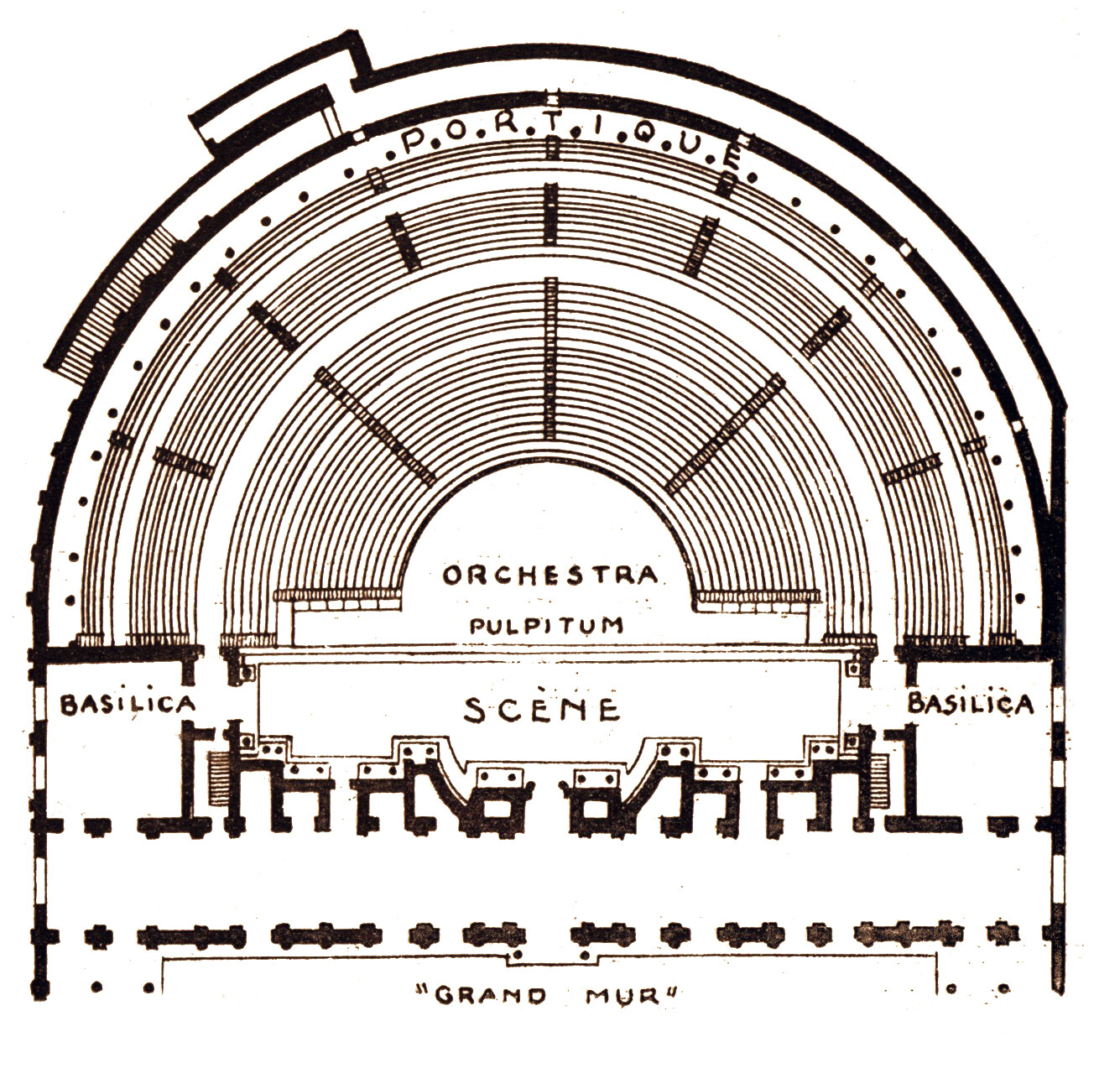
The ‘Fêtes romaines’, the forerunners of the Chorégies, began in 1869 with the first performance of Méhul's opera Joseph, as well as Vaccaï's Tombeaux de Roméo et Juliette, and Les Triomphateurs, a cantata by Anthony Réal and G.-F. Imbert. Such was their success that the event was staged again in 1874, including the first performance of the opera Norma in Orange, which Montserrat Caballé would bring to posterity 100 years later, and again in 1886. The first Chorégies, under the aegis of personalities such as Gabriel Boissy, were officially instituted in 1903, consolidating the city as a cultural mecca. Opera, theatre and symphonic music make the Chorégies an eclectic and innovative event.
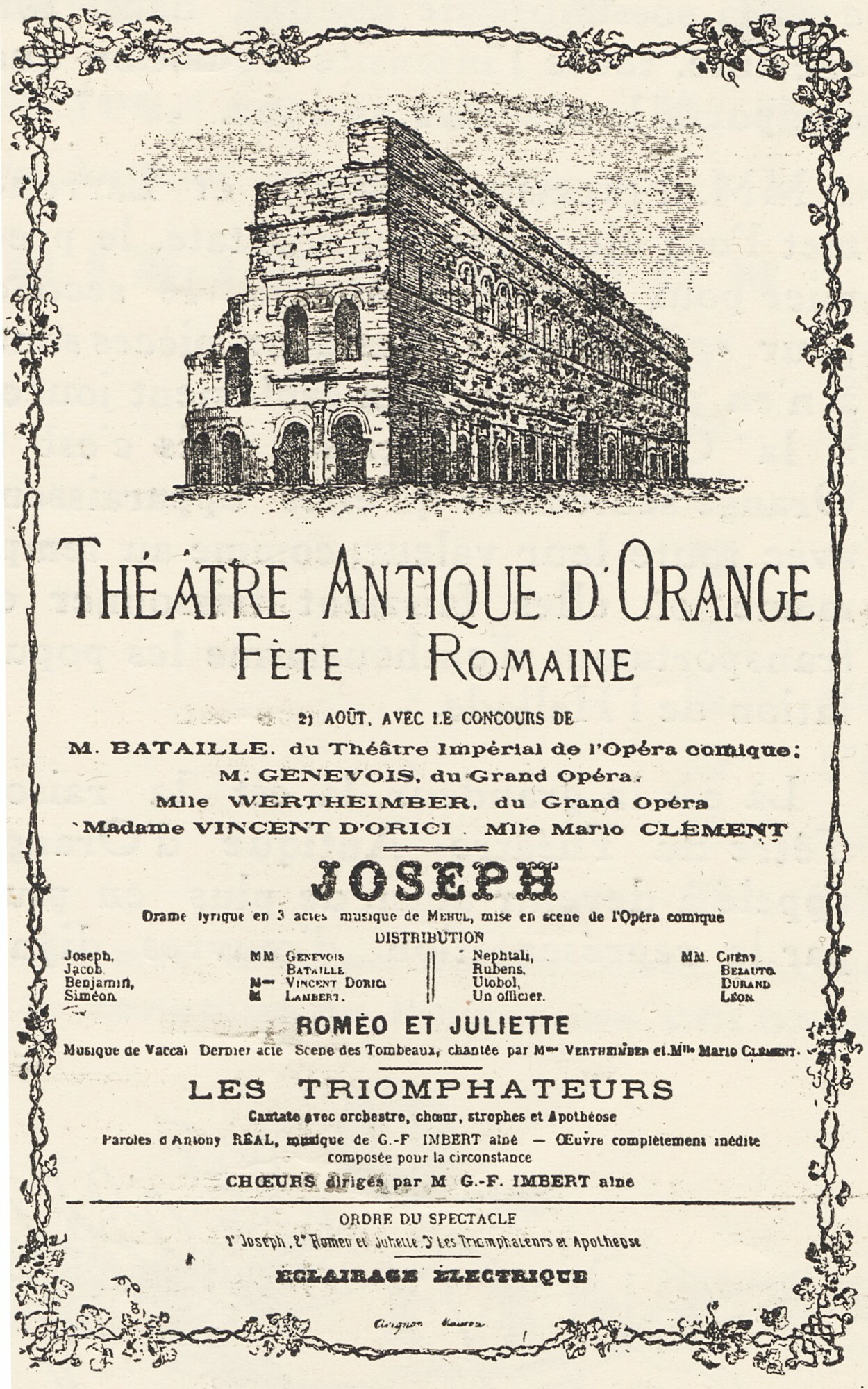
Thus, over the course of its history, the festival changed its name several times, going from ‘Roman Festivals’ to ‘Art Festival’ and then ‘National Representation’, before adopting the name ‘Chorégies d'Orange’ in 1903.
During the first decades of the XXᵉ century, the festival gained in stature thanks to prestigious collaborations with the Comédie-Française and the Opéra de Paris, attracting international artists and spectators. The trends of the time show the attraction of classical plays. The legendary Sarah Bernhardt performed Phèdre in 1903. Her fame was such that she had the entire lighting system of the Paris Opera brought down. True to its popular character, the Chorégies d'Orange celebrated the centenary of the birth of Frédéric Mistral by programming Gounod's Mireille for the first time in 1930. However, the vagaries of history, notably the world wars, interrupted the festival for several decades. It was only after the Second World War that the Chorégies were truly reborn, rediscovering their artistic vocation and establishing themselves on the cultural scene.
In 1971, at the instigation of the French Ministry of Culture, the ‘Nouvelles Chorégies’ d'Orange was born. Theatrical programming was definitively abandoned in favour of the Festival d'Avignon, with the Chorégies now devoted exclusively to the lyric arts. The Théâtre Antique became the ideal stage for large-scale productions, combining the beauty of the site with spectacular staging. The festival's reputation has been built on the visits of prestigious opera singers, internationally renowned conductors and daring stage directors, who have brought masterpieces by Verdi, Puccini, Wagner, Bizet and Mozart to the terraces.
From 1981 to 2016, the Festival was directed by Raymond Duffaut, who enhanced the Festival's prestige and worldwide renown by attracting leading artists. In 2016, Jean-Louis Grinda took over as director, introducing new artistic directions, modernising the programme and broadening the Festival's audience by offering a greater diversity of performances. Today, although opera remains at the heart of the Festival's identity, ballet, film concerts, jazz and contemporary music also enrich the programme, captivating a wider and more curious audience.
The Chorégies stand out for their use of new technologies. Television and digital broadcasts allow a wide audience to discover this unique event. In 2014, the Carmina Burana series was a major innovation, with visuals by comic-book legend Philippe Druillet projected and animated in 3D on the Theatre's wall. France Télévision, since the creation in 2011 of Musiques en fête, broadcast every year, has also made regular use of videomapping.
Les Chorégies d'Orange has been involved in cultural outreach initiatives since the 2000s, and has also set itself apart by making art accessible to everyone, from nursery school to university! Pop the Opera is the culmination of this commitment, and since 2017 it has brought together and thrilled thousands of young artists, from nursery schools to universities, on stage at the Théâtre Antique d'Orange.
Finally, Les Chorégies d'Orange, organised in an ancient theatre thousands of years old, has integrated a Corporate Social Responsibility (CSR) policy to protect its heritage and pass it on to future generations, by reinforcing practices rooted in the social, economic, territorial and environmental fields.
Rooted in a rich cultural heritage, the Chorégies d'Orange are constantly evolving. Much more than a festival, the Chorégies is a place where tradition and modernity come together to attract an international audience and offer a festival of emotions.
Wagner 1973
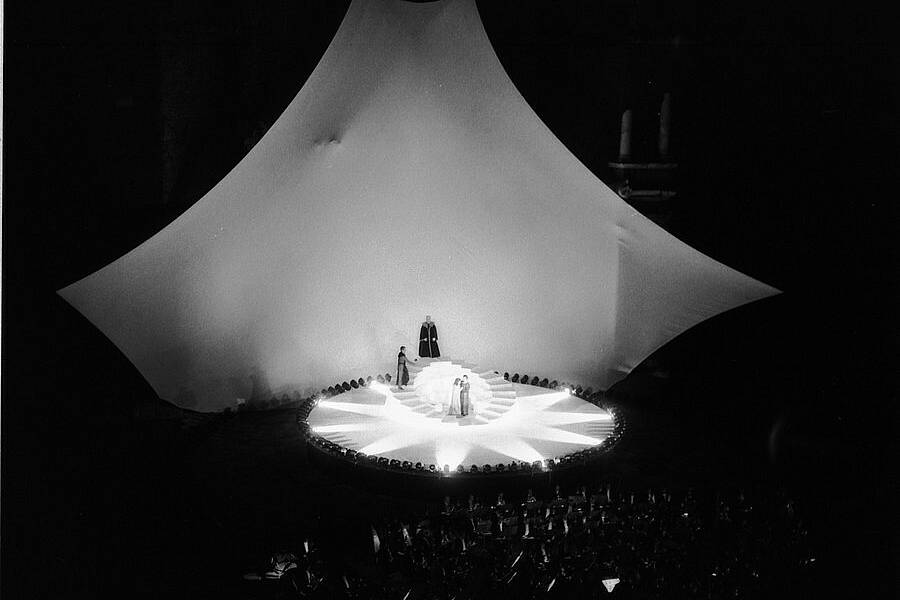
Parsifal, 1979
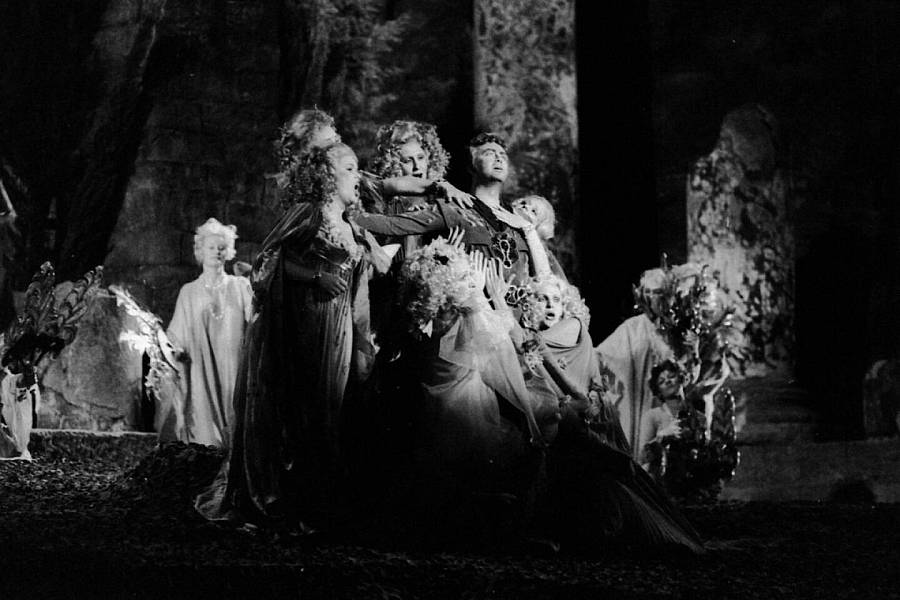
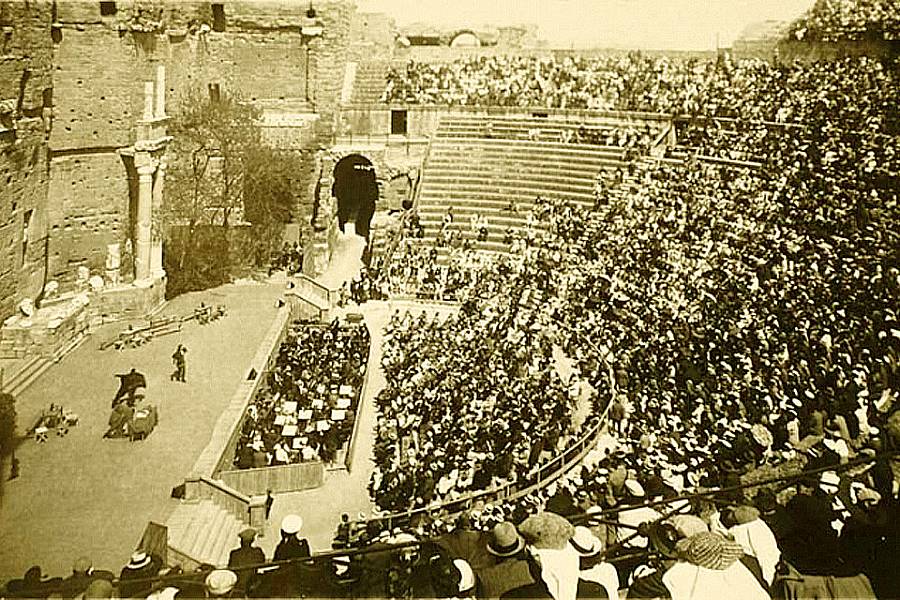
Fidelio, 1977
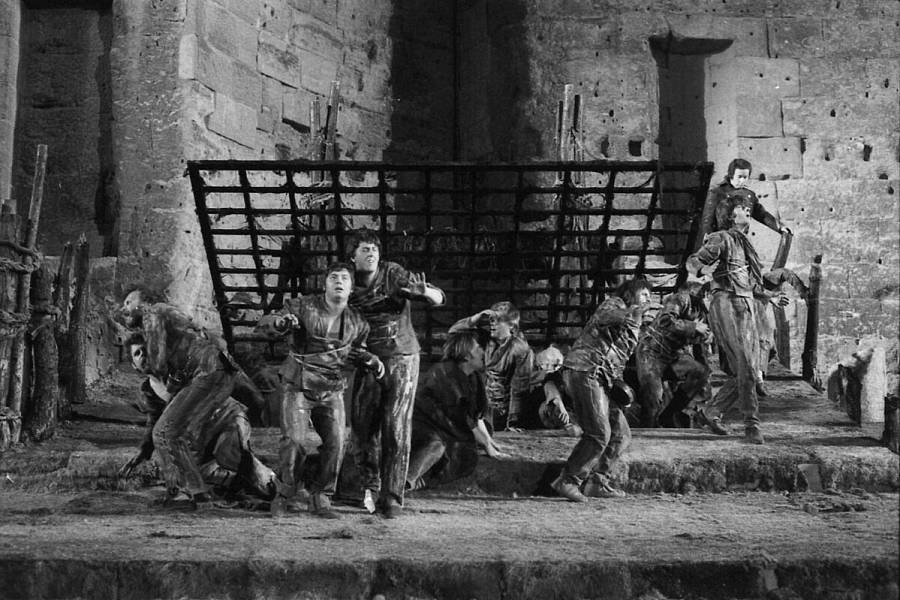
Turandot, 1979


Sitemap • Legal Notice / Credits
Follow us on social networks
All the latest news and offers from Chorégies d'Orange directly in your inbox : Subscibe to the Newsletter